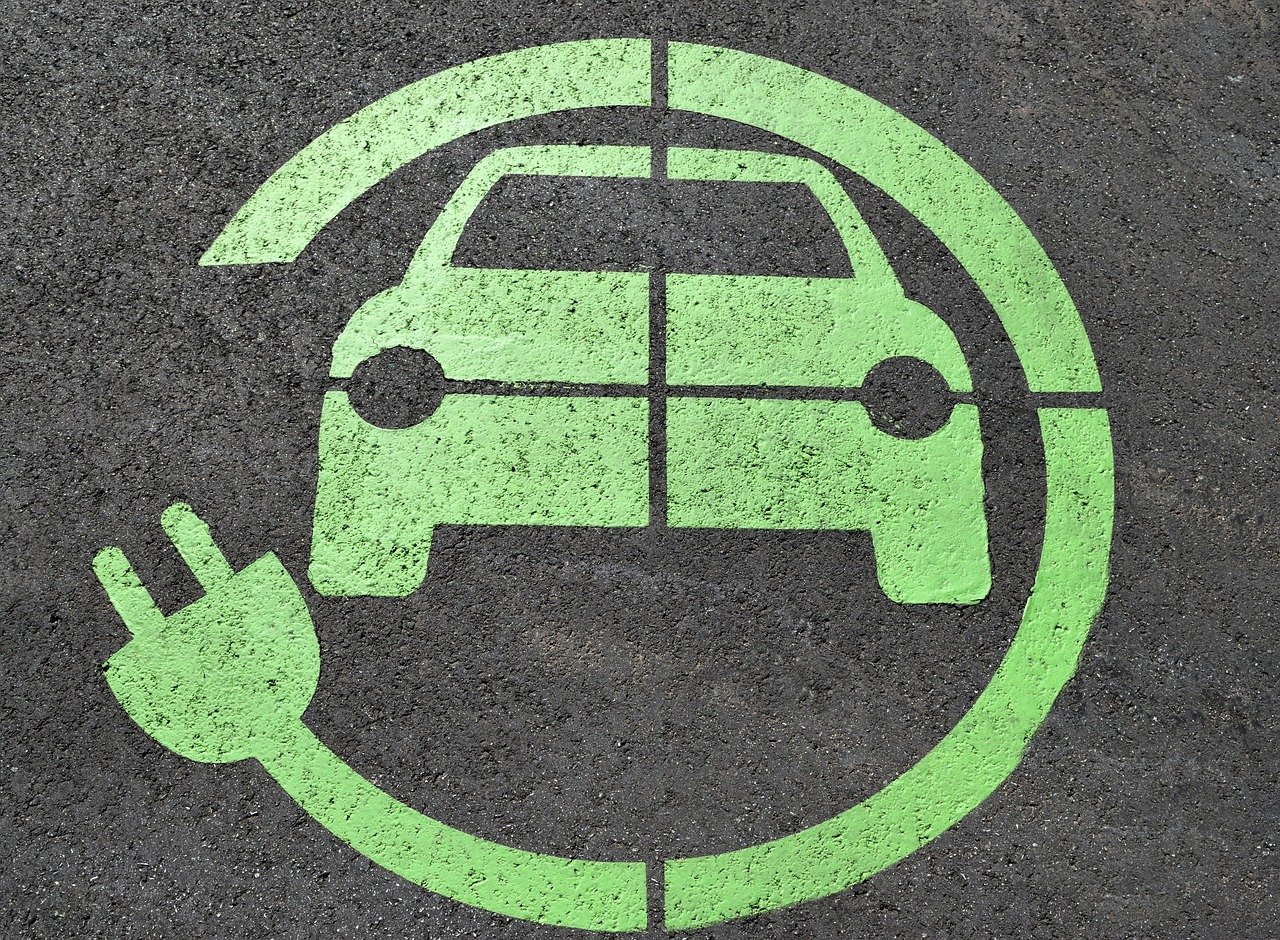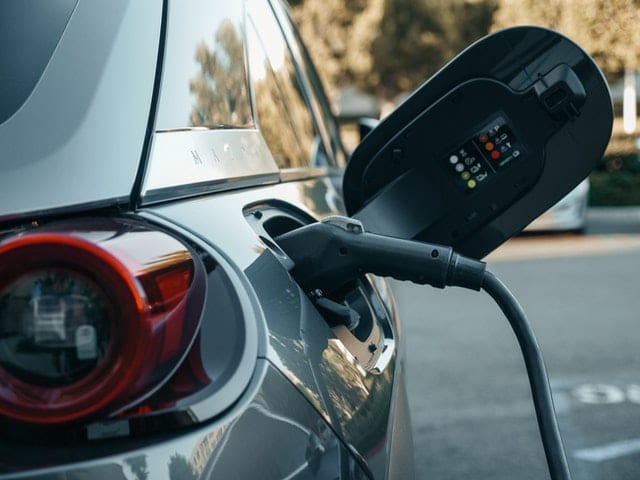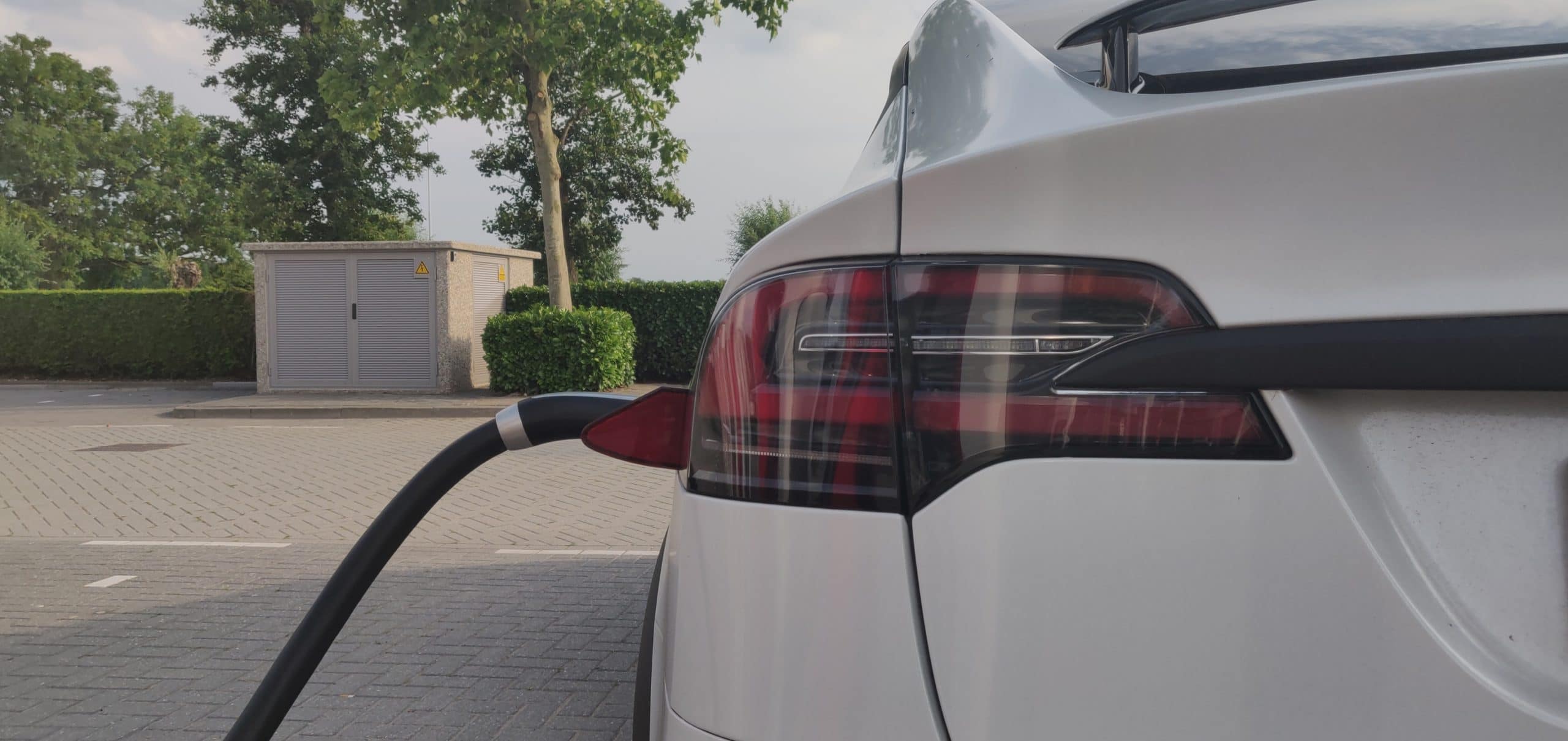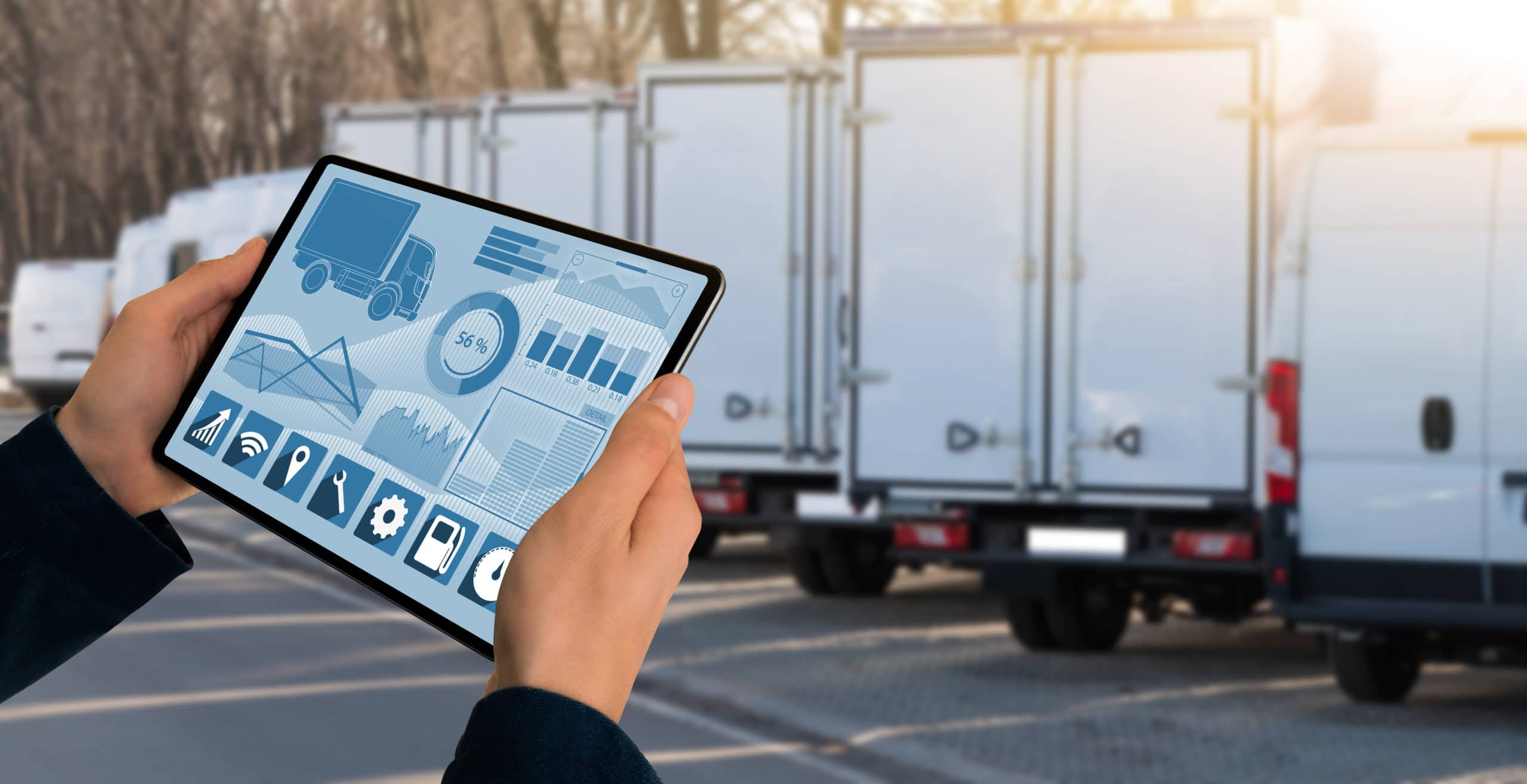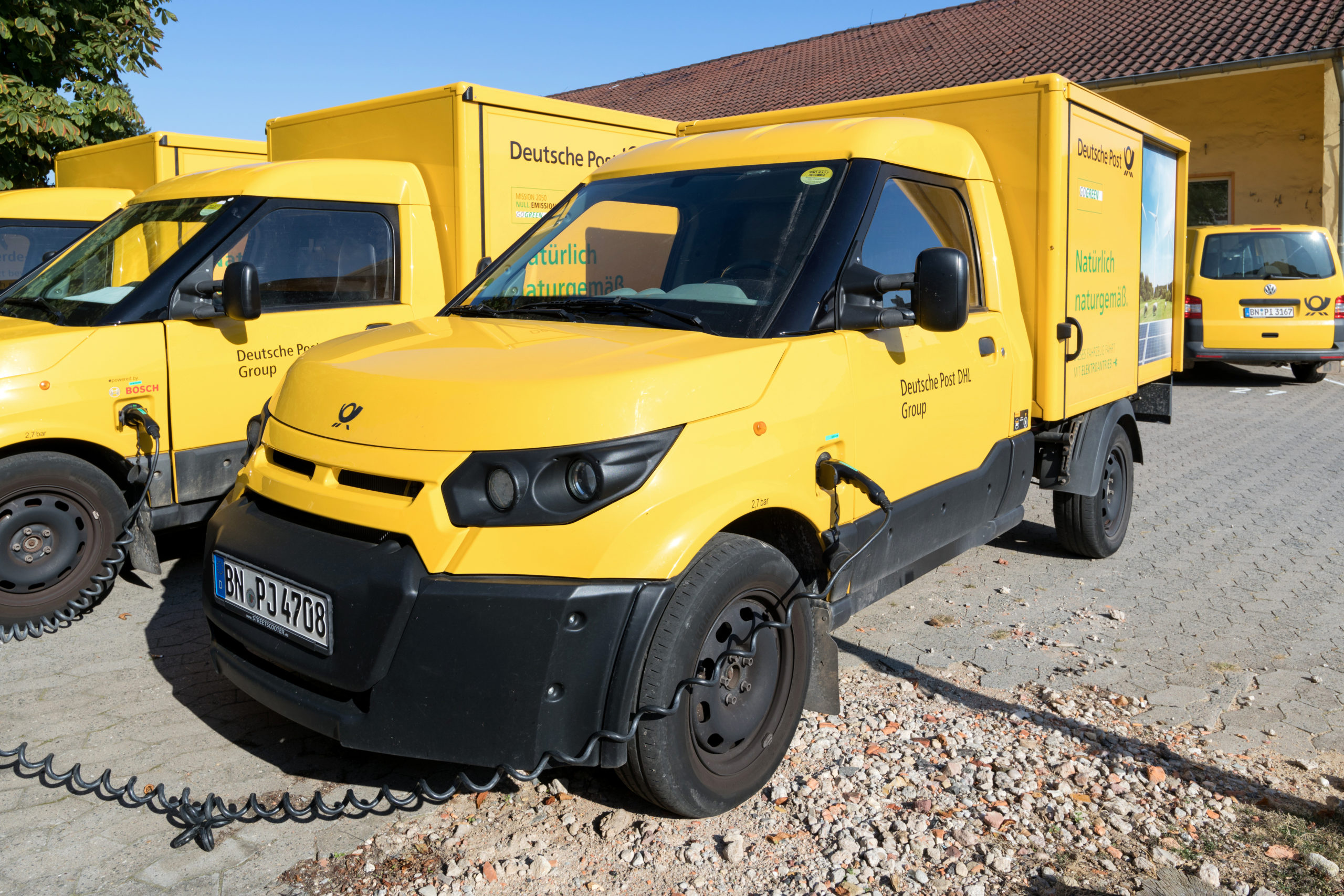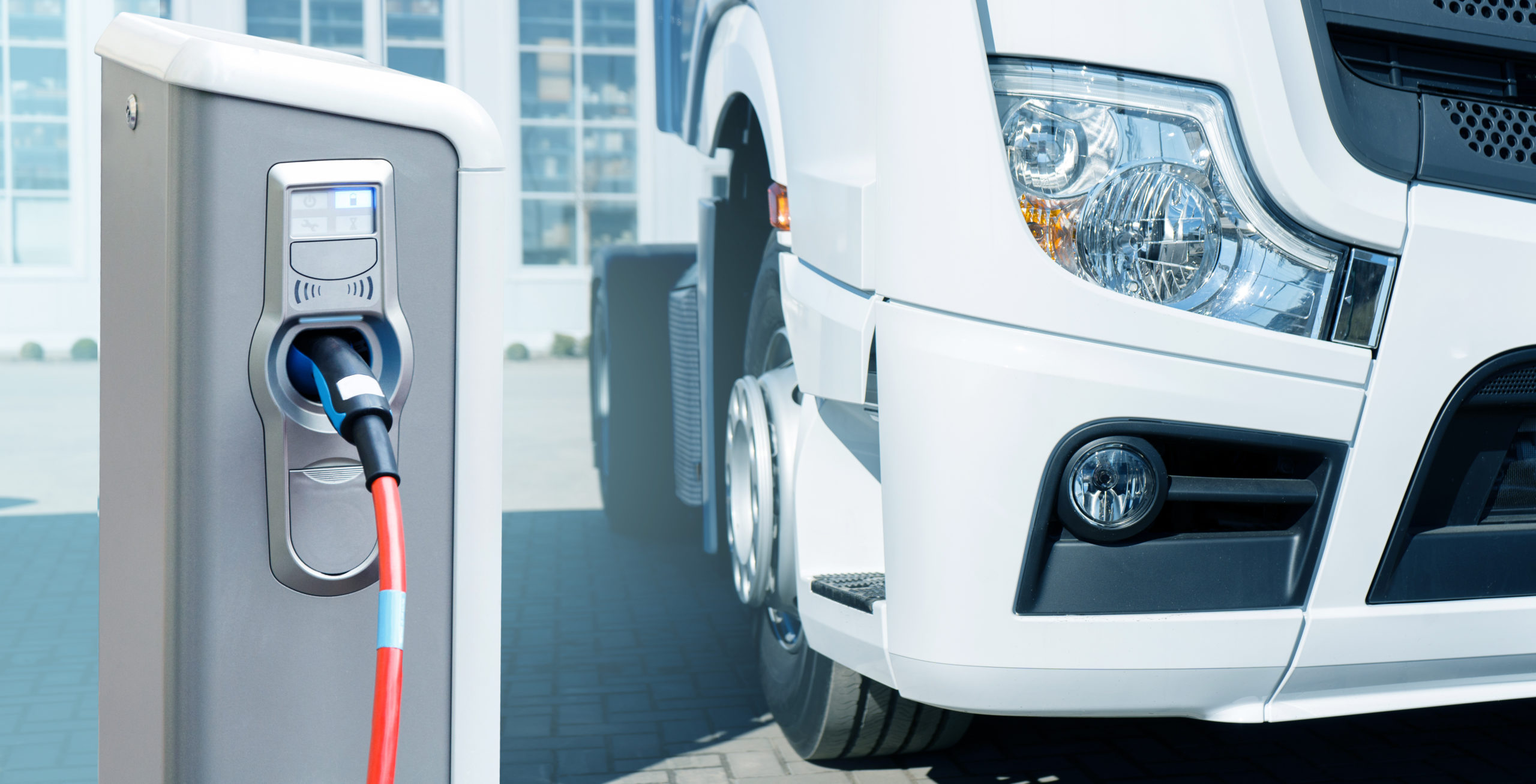Transitioning your fleet to electric vehicles is the core of what we do at Evenergi. EV transition is one of the most significant actions you can take to proactively combat climate change. It is also one of the most elaborate. We’re here to help.
Whether you’re looking to adopt a fleet of fully electric buses, or strategically plan charging infrastructure to satisfy growing demand, we will provide you with practical, efficient, and cost-effective solutions to complicated issues.
Taking the guesswork out of EV migration
The inherent complexity of EV transition makes it fraught with risk and uncertainty. It can be hard to determine which challenges to tackle first. There are numerous factors to consider, each of which presents its own unique set of difficulties and potential solutions.
Critical questions to answer involve, among other things, EV vehicle selection, procurement, adoption, optimisation, integration, management, and sustainability. One mistake in these areas can have far-reaching effects, leading to delays, higher costs, and poor overall implementation of network assets.
We’re here to ensure that your EV migration goes as smoothly and efficiently as possible. How do we do this? By removing the guesswork. Our advanced software programs are designed to simplify the EV migration process by generating clear, actionable, data-based insights.
The resulting framework covers every aspect of your EV transition, including but not limited to:
- electric vehicle procurement
- energy planning
- fleet data analytics
- charging infrastructure
- future emissions accounting and forecasting
- logistics
- electric battery management
- operational and maintenance systems
We leave no stone unturned as we guide you along the best path toward an optimised, sustainable fleet of electric vehicles.
Electric vehicle procurement
Identifying effective procurement solutions with electric vehicles and ULEV fleets is critically dependent upon the intended application and function. We interpret your project’s aims, stakeholders, and projected lifespan using granular data analytics.
We therefore enable you to discern the most appropriate EV vehicles for each and every application across your network. It is important to note that there is not just one EV vehicle solution; rather, we provide a host of modular solutions that vary widely according to your specifications.
Charging infrastructure
An electric vehicle fleet cannot function optimally in the absence of adequate charging infrastructure. Our services include a comprehensive assessment of the immediate and long-term requirements of your organisation’s operational environment. We arm you with the information necessary to understand and anticipate changes in network demand while pinpointing infrastructure hotspots.
Integrating your electric vehicle fleet with a well-designed charging infrastructure is essential for the sustainability of your EV or ULEV network. Through our BetterFleet and GridFleet platforms, Evenergi empowers you to create an effective infrastructure plan, taking into account potential future scenarios and how they are likely to impact your network.
Logistics
The logistics of your EV transition can be difficult to organise. Our scenario planning tools help you avoid costly mistakes while you plan your migration. With our help you will be able to maximise the financial and environmental benefits of a zero emissions vehicle fleet.
Zooming in
Depending on your needs, Evenergi can help you train your focus on individual facets of EV transition. Our software and services will equip you with the detailed insights you need to perform a deep dive into one or more specific opportunities.
For instance, you may want to improve the residual value management of your zero emissions vehicles. Or maybe you’re seeking reliable, data-driven information about how best to attract private sector investment in charging infrastructure. Perhaps you want to understand the overall impact of EV transition on your organisation, community, or energy distribution network.
Evenergi can assist you in all of that and more. We are prepared to tailor a strategy to meet your specific requirements. In the end, you will have realized your EV transition goals in the most methodical, sustainable, and economic way possible.

